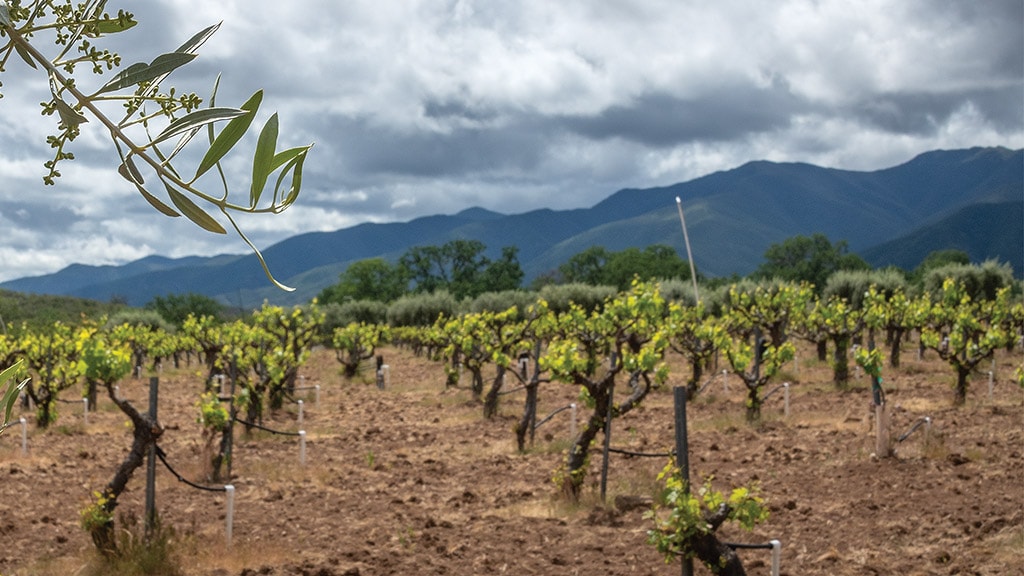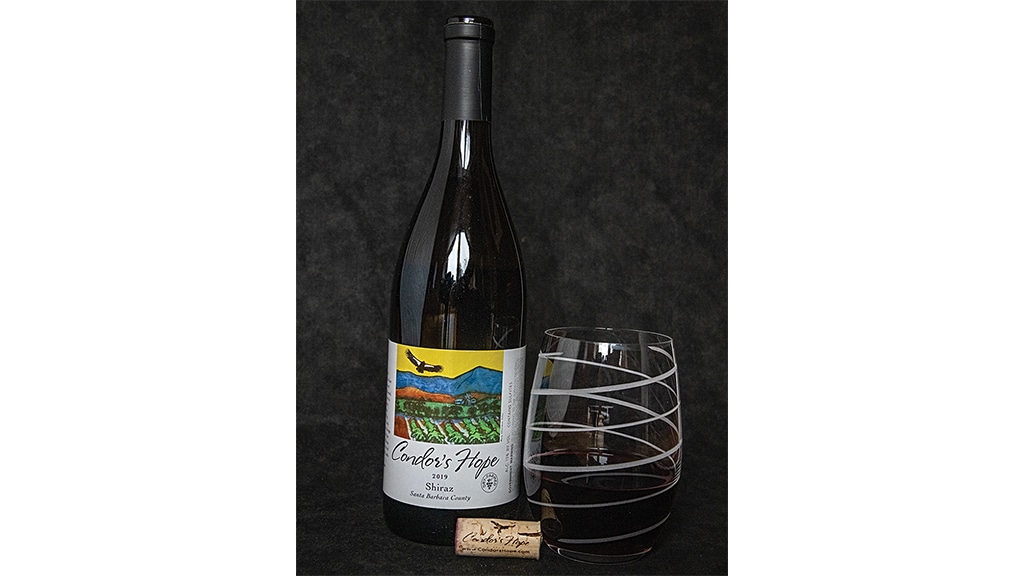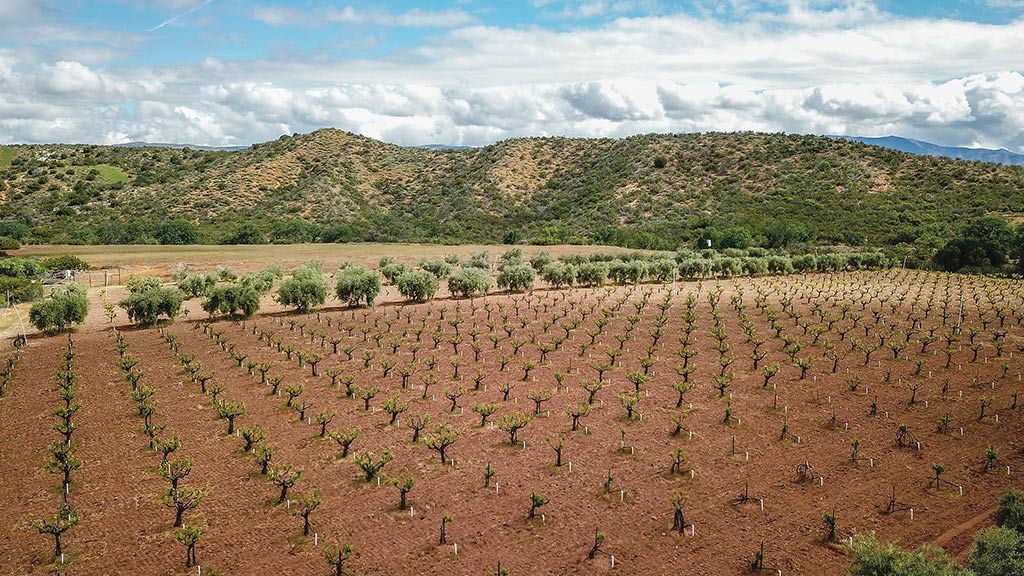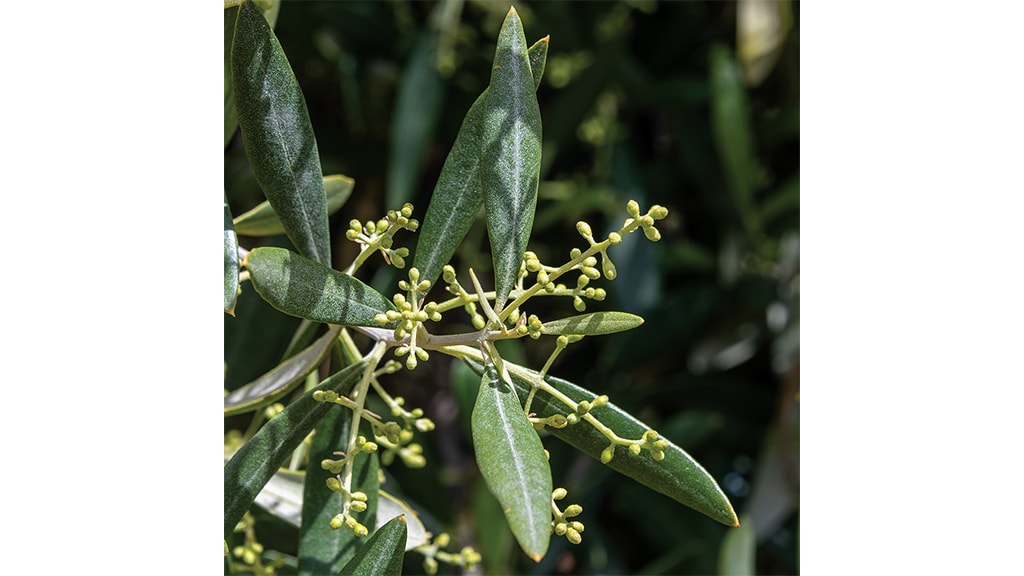
Agroecology helps the desert bloom on this California homestead.
Agriculture, Sustainability June 01, 2024
Teaming up with Nature
Agroecology helps the desert bloom on this California homestead.
by Steve Werblow
Steve Gliessman wrote the book on agroecology. Literally. Today, he and his wife, Roberta (Robbie) Jaffe, live the principles that tie agriculture to the local ecology.
As a young instructor at the Colegio Superior de Agricultura Tropical in Tabasco, Mexico, Gliessman was fascinated by the practices of the Mayan farmers around him, including companion planting and crop rotations. He translated a word coined in Mexico in the 1970s: agroecología. Eventually, Gliessman made the term the foundation of a textbook called Agroecology: The Ecology of Sustainable Food Systems—now in its fourth edition—and an international journal, for which he still serves as editor. He and Jaffe also founded the Community Agroecology Network in California.
Dry farming. When 5 acres of sun-bleached grassland in California's Cuyama Valley—tucked in the rain shadow of the mountains that rise above the Central Coast city of Santa Barbara—came up for sale in 1993, Gliessman and Jaffe jumped at it.
Both had farmed organically early in their careers, Gliessman growing coffee and vegetables in Costa Rica and Jaffe raising garlic and goats in Monterey County, California. They were eager to grow crops again and put their advocacy of agroecology to work.
The couple named their farm Condor's Hope in homage to the recovery of the California condors riding the thermal currents rising off the Cuyama Valley floor. Climate maps call the valley a 12-to-15-inch rainfall zone, though locals say most recent years saw an average of 5 inches. The dry spell broke during the rainy spring of 2023, but Gliessman and Jaffe note that 7 of the past 10 years have seen drought. The Cuyama Valley is also one of California's 21 critically overdrafted basins, which means groundwater is overused and access is limited.
If there was ever a place to test farming's fit into a delicate ecosystem, they're in it.
Jaffe and Gliessman focused on two crops that are well-adapted to dry farming: olives and winegrapes. Their 150 olive trees primarily represent Tuscan varieties, but they are finding better success from the more cold-hardy Picual variety from Spain. The Spanish trees handle Cuyama's cold winters and channel the chill into sharp, grassy olive oil.
The couple was just as deliberate about their grapes. They started with Zinfandel, a heat-loving variety that thrived for a century in dry California vineyards before the advent of drip tape and microsprinklers. They also planted Syrah/Shiraz, and have been experimenting with a Spanish sherry variety called Pedro Ximenez, which can be dull under irrigation but zesty when dry-farmed and fermented on its skins.
Above. Steve Gliessman and Robbie Jaffe put their passion for ecology, agriculture, and teaching to work on their farm. Condor’s Hope wines are deep and flavorful. 10x10 spacing and limited shoot positions control water demand in the vineyard. The vines yield 2 to 2.5 tons per acre. The Cuyama Valley is home to California condors. Tiny flower buds on olive trees at Condor’s Hope show the promise of a harvest nurtured by sparse rainfall. Agroecology fits crops and farm operations to the local environment to maximize their long-term sustainability.
Watering up. Dry-farmed crops get a boost from early irrigation to enhance survival and build a hardy, deep root system.
"We used a system where the first year, since the roots were pretty small, we watered a little bit a couple of times a week," says Gliessman. "The next year, we extended the time between waterings and watered a little deeper. And then the third year, depending on the weather and how much rain we got, we took 3 weeks between waterings and watered deeper to keep the roots going down. Then, the fourth year, they're on their own."
Buried drip emitters can rescue parched vines during drought years, Gliessman adds. Eight gallons of water per vine every 3 to 4 weeks is all it takes, he says.
Old school. The vineyard looks more like a planting from a century ago. Widely spaced, gnarled vines support mops of spurs growing free, without a trellis wire in sight. Old-style 10-by-10-foot spacing minimizes competition and allows Gliessman and Jaffe to cultivate in both directions—a vital step in keeping moisture in the root zone.
First, they mow their oat/vetch cover crop and disk it in. Then a pass with a soil conditioner uses sweeps, tines, and a roller-chopper to kill weeds and break the capillary flow that would otherwise draw soil moisture to the surface to evaporate, like sucking soda through a straw.
"We learned this from dry farmers in southern Europe, in Spain and Italy," Gliessman says. "It's like pinching a straw. The top few inches of soil become what we call a dust mulch. Beneath that is moist soil."
Vines are pruned every year. Limiting the number of spurs and shoot positions manages water demand and sets the vineyard up for an average annual yield of 2 to 2.5 tons per acre.
The benefits of dry farming aren't just in the amount of saved water. They're in the glass, too.
"We get small fruit, and the tannins are all in the skin, so you're getting bigger flavor," Jaffe explains. "All of that really comes through in the wine."
Members of the farm's wine club, long-time customers from the couple's farmers' market days, and drop-in visitors get more than a wine and olive oil tasting at Condor's Hope. They get a lesson from dedicated teachers passionate about agroecology.
"What's really key about having a small operation is having a direct relationship with the people who are enjoying our olive oil and our wine," says Jaffe. "We really want to go for unique flavors and explain that to everybody."
Adds Gliessman, "Ecology is about how you make something work permanently. We're saying, 'hey, we've got to think into the future—start with water and then go from water to food to people. We're all part of it. And when you buy your food, you have an impact.' They see it.
"In California especially, we need to be thinking forward to farming systems that use less water," he adds. "I think a lot of the ideas of how to do that are in our old, dry-farming techniques." ‡
Read More

EDUCATION
A World of Spice
Spices laid the foundations of global trade and they're still driving changes today.

AGRICULTURE, LIVESTOCK/POULTRY
Babette's Sweet Legacy
New England meets Iceland in this family's handmade skyr.






